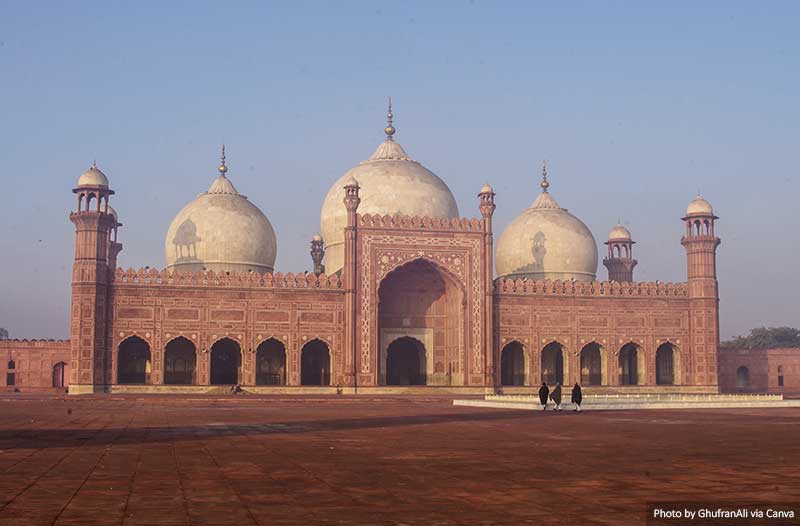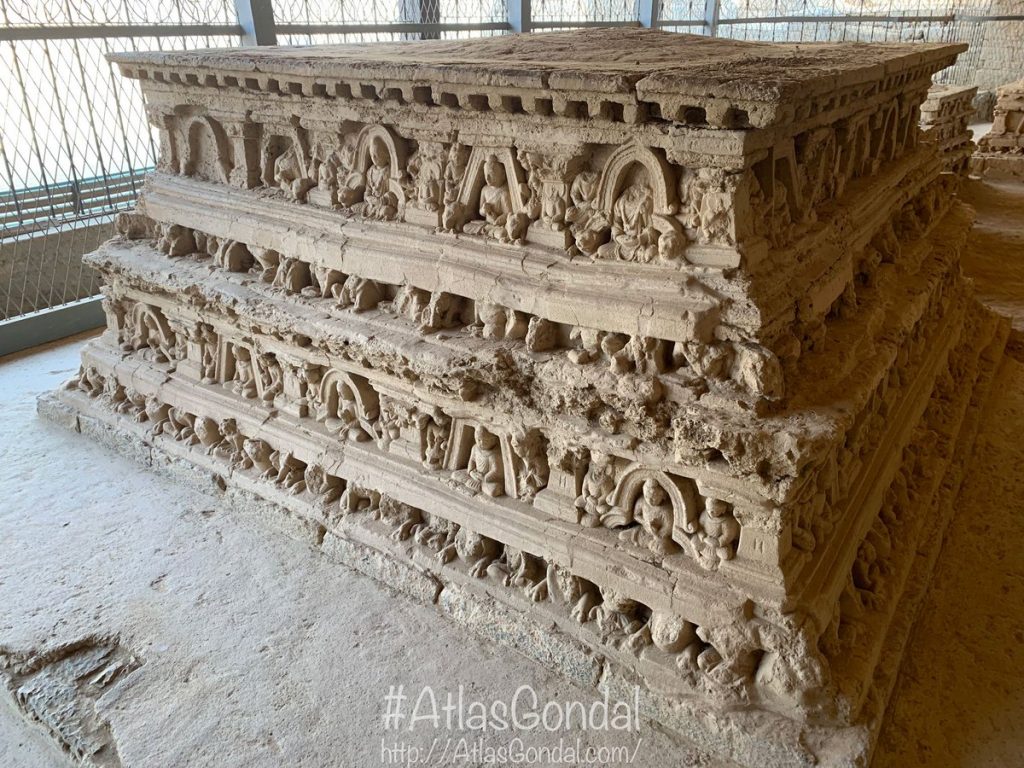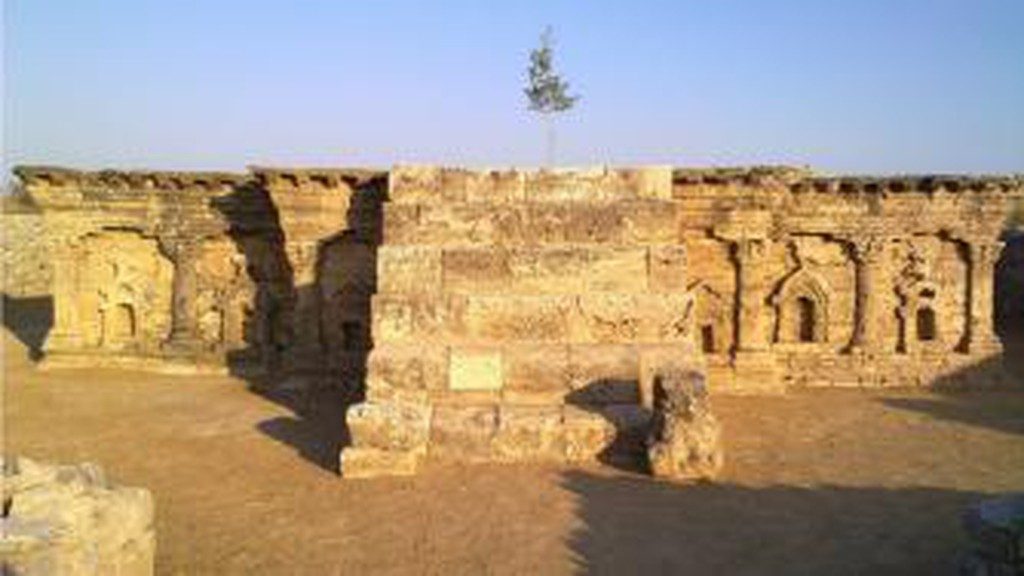1. Lahore
Lahore is a wondrous mix of cultural, artistic and heritage-filled attractions that boast the legacies of the Mughal Empire and the British Raj, enchanting gardens, parks, and forts, majestic mosques, and scrumptious food. A couple of days at Lahore may not suffice to explore this beloved city.
There are tons to see — from the beautiful Shahi Qila or Lahore Fort, historic Minar-e-Pakistan and the captivating scenery of the Shalimar Gardens to the shopping spaces of Anarkali Bazaar, Liberty Market and the Mall of Lahore. You should also pay a visit to the mosques in Lahore — they have been beautifully and elegantly constructed with charming architecture. Oh, and how could we forget the multitude of restaurants on Food Street and M M Alam Road for you to satisfy your appetite.
Please don’t forget to make your way out to the outskirts of Lahore to witness the Guard Ceremony at the Wagah Border with India just in the background!
2. The Karakoram
The Karakoram is used for the mountain range home to the world highest mountains. But the whole region apart from the amazing mountains, has the world’s largest glaciers outside the polar region, beautiful valleys, National Parks, amazing history and culture among many other hidden secrets.
Avid mountaineers never stopped coming to Pakistan lured by the amazing world towering and world’s highest mountains such as
- K2: 8,611 metres (28,251 ft)
- Gasherbrum I: 8,080 metres (26,510 ft)
- Broad Peak: 8,051 metres (26,414 ft)
- Gasherbrum II: 8,035 metres (26,362 ft)
One of the main attraction is the Karakoram Highway (KKH) construction period which began in 1959, 810 Pakistani and 200 Chinese workers lost their lives due to landslides and falls while building this highest paved international highway in the world. It connects Pakistan and China over the Khunjerab Pass at over 15,000 feet. This magnificent road thus earned the nickname of “Friendship Highway” in China.
Amid the astounding gorges, valleys and rivers, the highway is also spectacularly known for its rocky mountains with more than 20,000 bits of rock art at 10 sites located in the middle of the mountainous valley of Hunza and the archaeological site of Shatial.
Another popular destination is the Skardu district that lies in the centre of Gilgit-Baltistan. Its stunning views of crystal clear lakes, deserts, picture-perfect roadways and villages make up Skardu’s fascinating yet unique beauty.
3. Taxila
Taxila, located in the Rawalpindi district of Pakistan’s Punjab province, is a vast serial site that includes a Mesolithic cave and the archaeological remains of four early settlement sites, Buddhist monasteries, and a Muslim mosque and madrassa. Situated strategically on a branch of the Silk Road that linked China to the West, Taxila reached its apogee between the 1st and 5th centuries. It is now one of the most important archaeological sites in Asia.
From the ancient Neolithic tumulus of Saraikala to the ramparts of Sirkap (2nd century B.C.) and the city of Sirsukh (1st century A.D.), Taxila illustrates the different stages in the development of a city on the Indus that was alternately influenced by Persia, Greece and Central Asia and which, from the 5th century B.C. to the 2nd century A.D., was an important Buddhist centre of learning.
4. Karimabad
Karimabad is the capital of Hunza Valley. The Hunza River flows near it while the mighty Rakaposhi and Hindu Kush mountains form its magnificent backdrop. This small town has a rich culture and vast history. It lies at an altitude of 8,200 feet above sea level and is undoubtedly one of the most scenic places in Pakistan.
The magical town of Karimabad is not a typical town. Only once you go there you realise how amazing, beautiful and break from the usual it is. Learning about the small kingdom and rich culture of Hunza by visiting the Baltit and Altit Forts takes you to different place. Many road side cafe offer coffee and tea. For a breathtaking view of the surrounding mountains, visit Eagles Nest to enjoy sunset or sunrise.
5. Lake Saiful Muluk
The divine lake lies at the northern end of the Kaghan Valley near Naran, and in the north east of Mansehra district of Khyber Pakhtunkhuwa. It is the highest alpine lake of Pakistan at an altitude of 3,224 metres and 10,578 feet above sea level.The lake is kind of a bowl where multiple glacial waters accumulate


































Leave a Reply